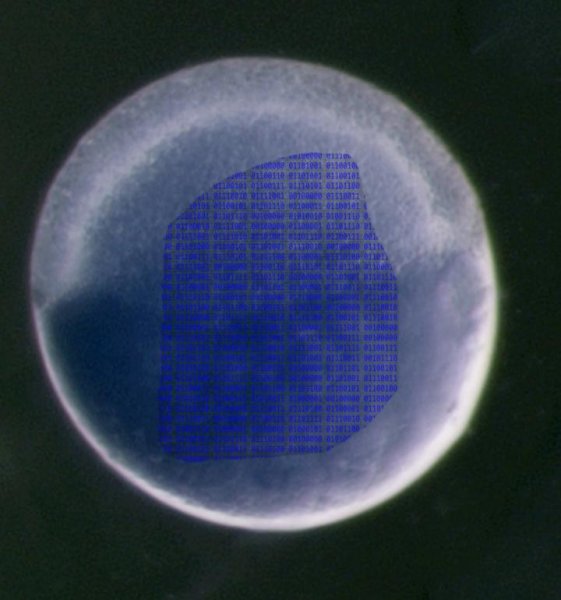One of the most profound changes in the life of an organism is what Antonio Giraldez calls "embryonic puberty": the stage when an early embryo stops taking instructions from its mother on how to develop and activates its own genome to kick out those instructions instead. This critical stage, called the maternal-to-zygote transition, happens in all embryos, from sea anemones to humans. Yet how it is regulated in the embryo is not yet known.
This week in Nature Methods, Giraldez and colleagues present a novel way to decipher the genetic code that embryos use to instruct many maternal messages (mRNAs) to be destroyed, and others to become stabilized. Giraldez is a Professor of Genetics at Yale University School of Medicine and was a 2016 Research Awardee in the MBL Whitman Center, where he conducted part of this research.
The method, called RESA (RNA Element Selection Assay), has broad applications, Giraldez says. "It's a modular method we can use in many contexts, depending on the question the investigator wants to ask, to dissect the meaning of different parts of the genome. It is a molecular 'Rosetta stone' to help us decode the functional elements within the genome."
In this case, they used RESA to detect the stability or decay of millions of RNA fragments in the zebrafish embryo, which in turn gave information about the genes that are shut down or activated during the maternal-to-zygote transition.
